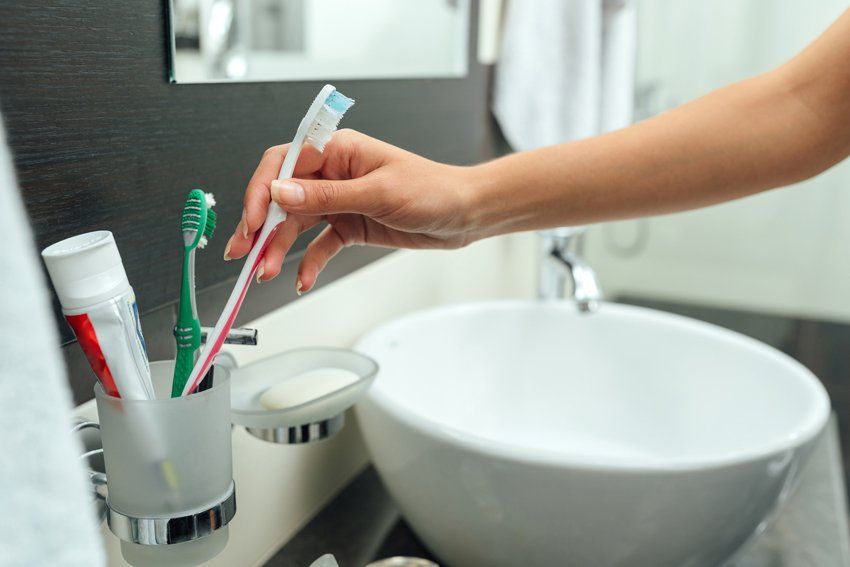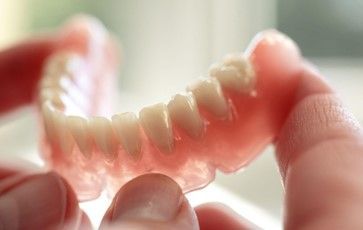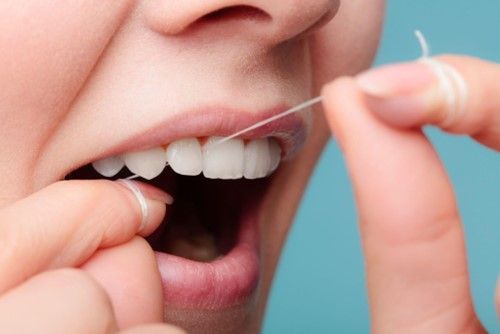How to Spring Clean Your Dental Care Routine

With the new season and the warmer weather comes spring cleaning. But this activity isn't just for your home. If your would-be healthy mouth needs a boost, take a look at how you can spring clean your dental care routine.
Care for Your Toothbrush
Even though you run your brush under a stream of water, you aren't sure if it's truly clean. How can you spring clean your toothbrush? To reduce microbial growth and increase the health of your brush:
- Remove toothpaste and debris. Can you see leftover toothpaste or food particles on the bristles or head of the brush? Place the brush under the faucet, turn on the water, and remove all debris.
- Dry your toothbrush. Store your brush properly to reduce the risks of bacterial, viral, or fungal growth. While you don't need to towel off your toothbrush, you should store it standing up straight in a holder.
- Clean your toothbrush holder. Does the holder have grime and gunk on it? Don't let microorganisms or mold spread to your brush. Thoroughly clean the brush holder with warm soapy water, or follow the manufacturer's instructions.
- Sanitize your toothbrush. If you want to take an additional step, sanitize your brush with a device approved by the U.S. Food and Drug Administration (FDA). Never use a do-it-yourself sanitizer, a microwave, a stove, or any other home appliance.
- Change your toothbrush. You should replace your brush every three to four months, according to the American Dental Association (ADA). If the bristles are flat or frayed, the brush looks worn, or you were recently sick, replace your brush sooner.
Along with spring cleaning your toothbrush, the start of the season is also the perfect time to review the rest of your oral care routine.
Revamp the Rest of Your Dental Routine
Does your entire dental care routine need a spring cleaning? If at-home oral care isn't at the top of your to-do list, revamp your routine and:
- Floss. Do you floss daily? If you skip this step, choose a floss product that is easy for you to use. Whether you select a waxed, mint-flavored, or other type of floss, use your product of choice twice a day to upgrade your dental routine.
- Change your toothpaste. Do you have an old, grimy tube of toothpaste in the medicine cabinet? If the end of the tube (where the paste comes out) is crusty or looks off, throw out the tube and buy a new one.
- Install a timer. The ADA recommends two minutes of brushing time twice daily. If your bathroom (or wherever you brush your teeth) doesn't have a clock, install a timer.
- Buy new tools. If you use flossers or other dental devices, swap old ones out for new ones now.
Now that you've spring cleaned your at-home dental care routine, it's time to move on to the next step - the professional clean.
Schedule a Dentist Visit
Even though your at-home oral routine is essential for a healthy mouth, it isn't the only part of your dental care that may need a revamp this spring. If you haven't visited your dentist recently, now is the time to schedule an appointment.
Why do you need a professional dental spring cleaning? The top reasons include:
- An everywhere clean. Do you miss your molars or skip the backs of your teeth? If you don't brush or floss everywhere (or you're not sure if you do or don't), a professional dental cleaning can reduce overall plaque buildup and get those hard-to-reach areas.
- Early diagnosis. While cavities can cause pain or sensitivity, some patients experience little to no discomfort. A dental spring cleaning will do more than just remove plaque and other buildup. The dentist can check for decay and recommend a treatment plan.
- Gum disease prevention. Your teeth aren't the only area of your mouth the dentist will clean and care for. A professional visit includes a gum cleaning and checkup.
An annual spring clean gives you a marker to schedule the rest of your dental appointments around. Keep this appointment annually, and add a second one in the fall.
Do you need a dental spring cleaning? Contact Advanced Dental Care for more information.









